In the production of automobile parts, a flat piece of metal, rubber, cork, or closed cell foam is placed in a machine press with a molded die. Depending on the part to be formed, the weight of the press pushes down on the sheet of material shaping it into a specific form. When the press is released and rises, a completed part is ready for use. Read More…
S & S Optical has been leaders as glass fabricators in a variety of industries and markets for over 50 years. We offer a variety of different glasses to fit all of your needs. Also, we have a multitude of capabilities and services to offer-polishing, grinding, edging and more. To learn how we can fabricate your parts contact us today for a quote. We care about customers and quality service.
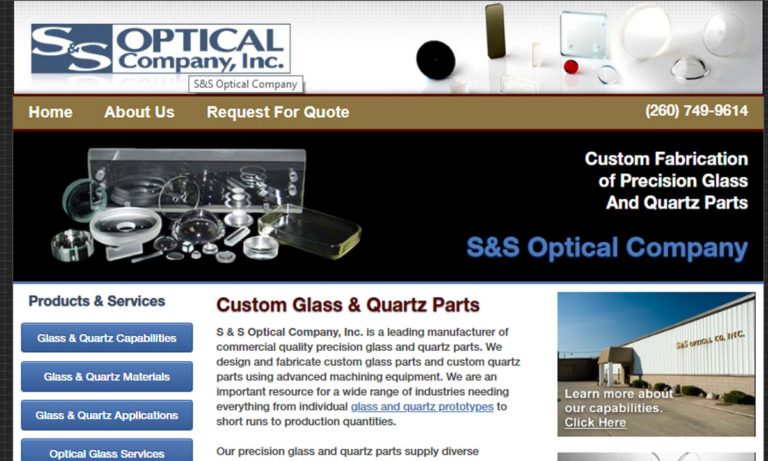
Established in 1947, we have been providing glass cutting using very precise tolerances in order to ensure that our products are among the best. Our skilled designers and technicians are available around the clock in order to work with you from design to delivery to ensure that you are receiving a product that will fit your needs perfectly! For more information on what we may be able to do for...
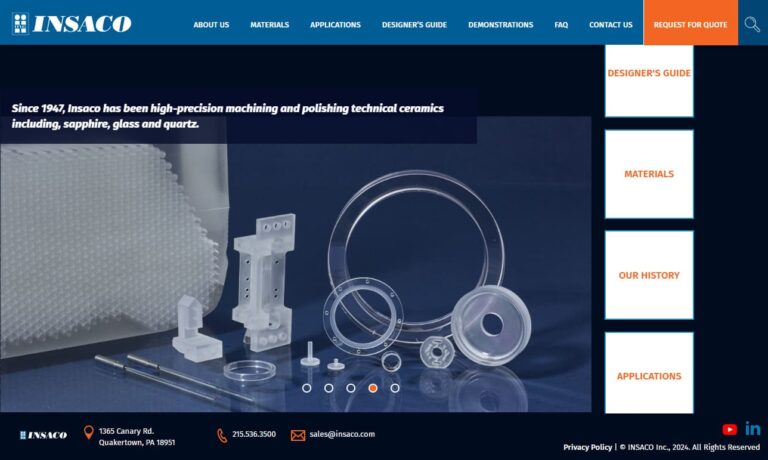
Founded in 1990, Technical Glass Products is a fabricator of Fused Quartz Glassware. We maintain a broad inventory of labware, flat stock, rod and tubes in addition to providing custom fabrication using state of the art equipment to suit your needs.

Glass cutting is a varied industry, and we have done it all for the past 50 years. We believe in manufacturing high quality glass products that will exceed customer expectations every time.
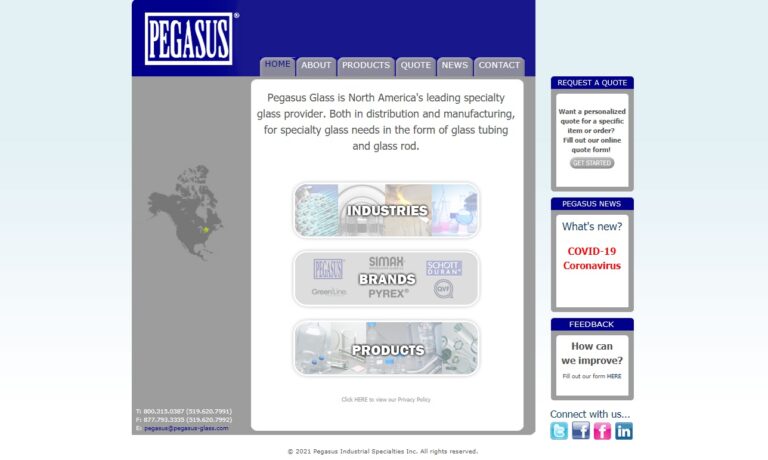
More Glass Molding Manufacturers
This method of production has been successfully used for over a hundred years to produce thousands of parts for multiple industries. Each of the parts is an exact replica with very few flaws or deformities. Since the process is extremely effective, low cost, and productive, it has remained as a central process in auto parts production.
Glass molding follows a very similar method in the production of specialized glass parts. The material that is pressed in glass molding is a sheet of pure, clean, and clear glass that is pressured into a mold that is very similar to the ones used to make automotive parts.
The sheets of glass used in the glass molding process are blanks, or floated glass. The floating process was invented to produce flawless sheets of glass free of any imperfections or scars. As with glassblowing, the process begins with molten glass, which is poured over a thin layer of molten metal. The resulting product is glass with a very smooth surface making it perfect for molding. Once the floated glass cools, it is cut into workable sheets, or blanks.
The molding process begins with the blank, the top of the mold, and the bottom of the mold. The blank is secured to the bottom of the mold. The top of the mold is rested over the bottom of the mold and the blank without touching either one. The three parts are heated sufficiently to make the blank pliable and malleable. Once it reaches the appropriate temperature, the top of the mold is slowly lowered and pressed against the blank forcing it into the shape of the bottom of the mold. The success of the process depends a great deal on careful monitoring to ensure that the blank does not get overheated and liquify.
Once the appropriate thickness of the blank is reached, the downward movement of the top of the mold stops, and the three parts are set aside to cool. The length of the cooling time varies depending on the type of part and the thickness of the glass. Once cooling is completed, the flawless part is removed from the mold and does not require any finishing or fabricating.
Glass molding has become popular because of the quality of the parts it produces. The key to its success is the flawlessness of the blank from the floating process. That single step produces a product that is completely ready for distribution. The final product has the highest quality with the lowest possible cost. In most cases, when the part is removed from the mold, it is given a finishing coat with a clear polymer or thin metal alloy.

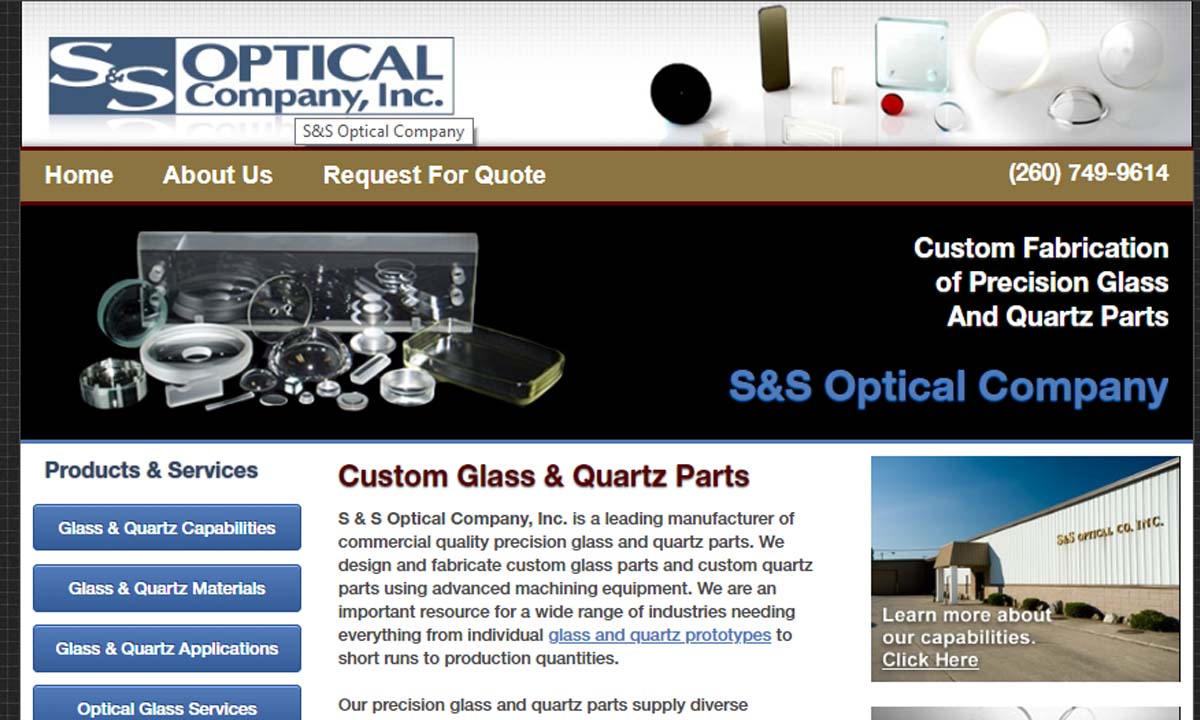
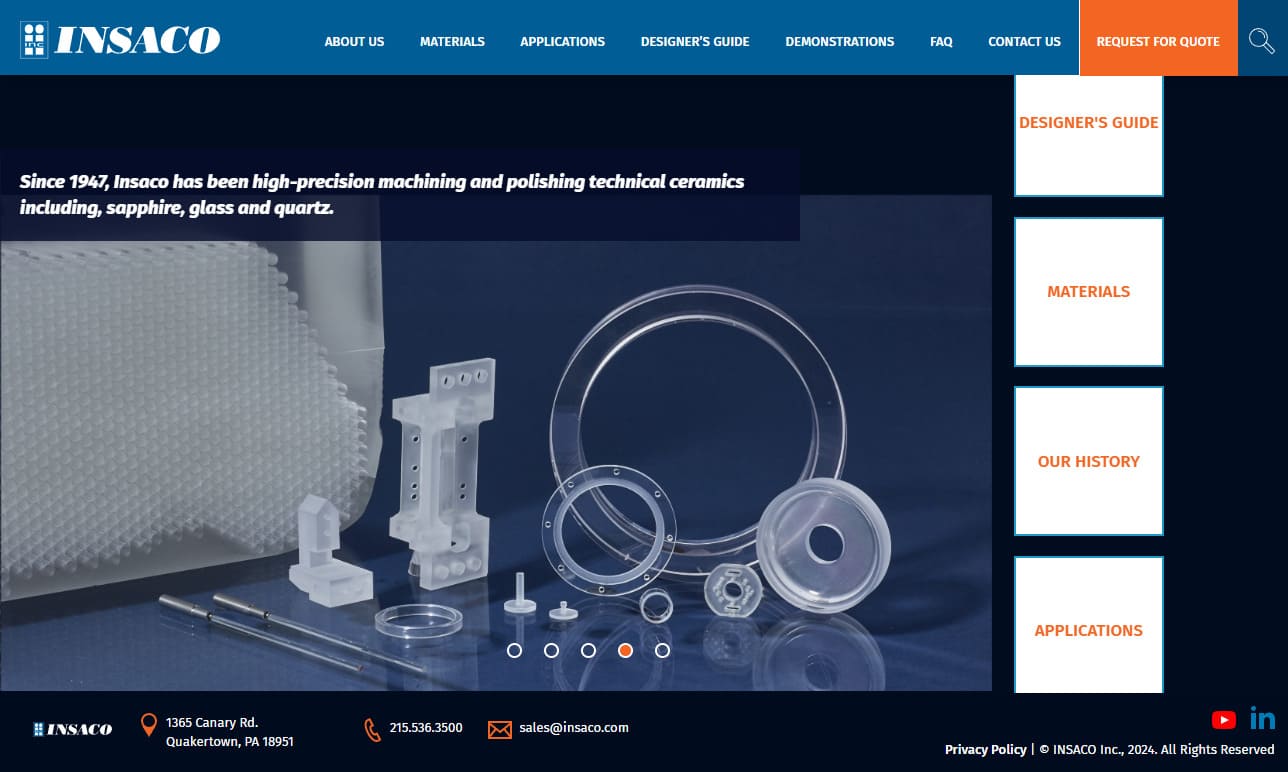
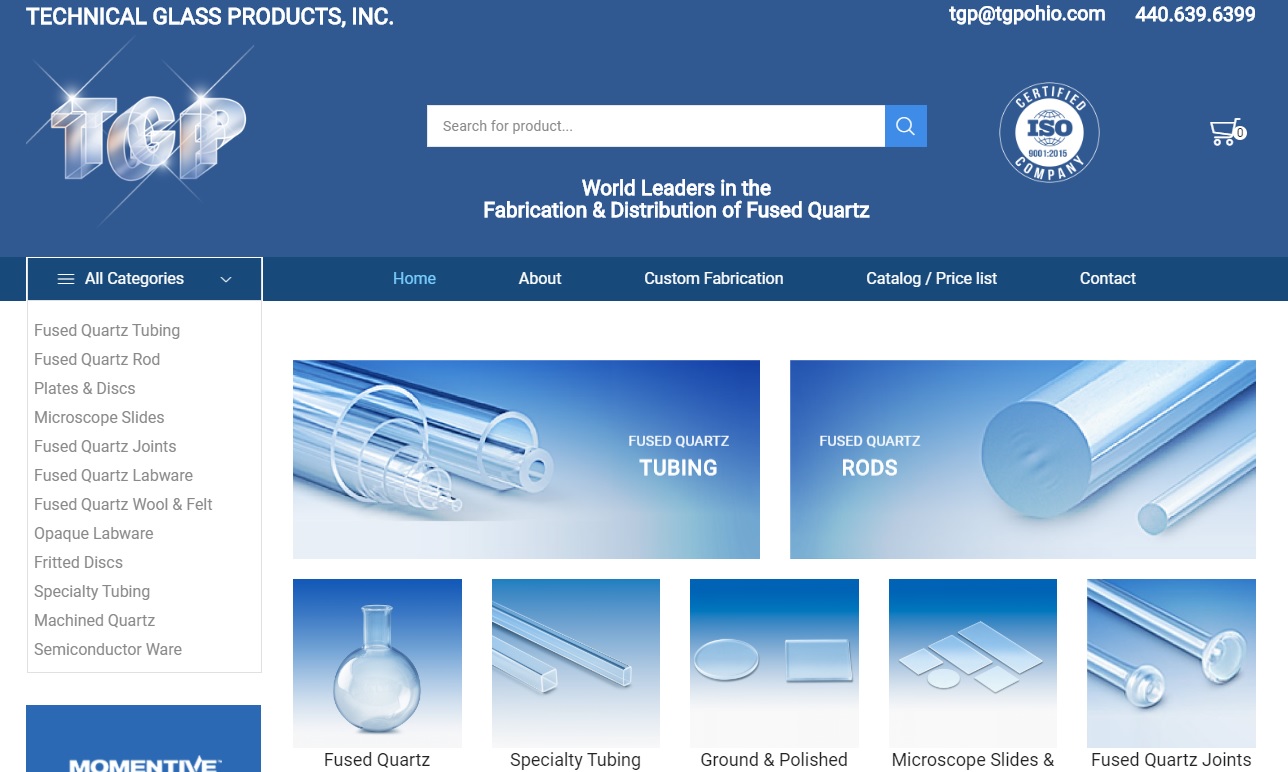

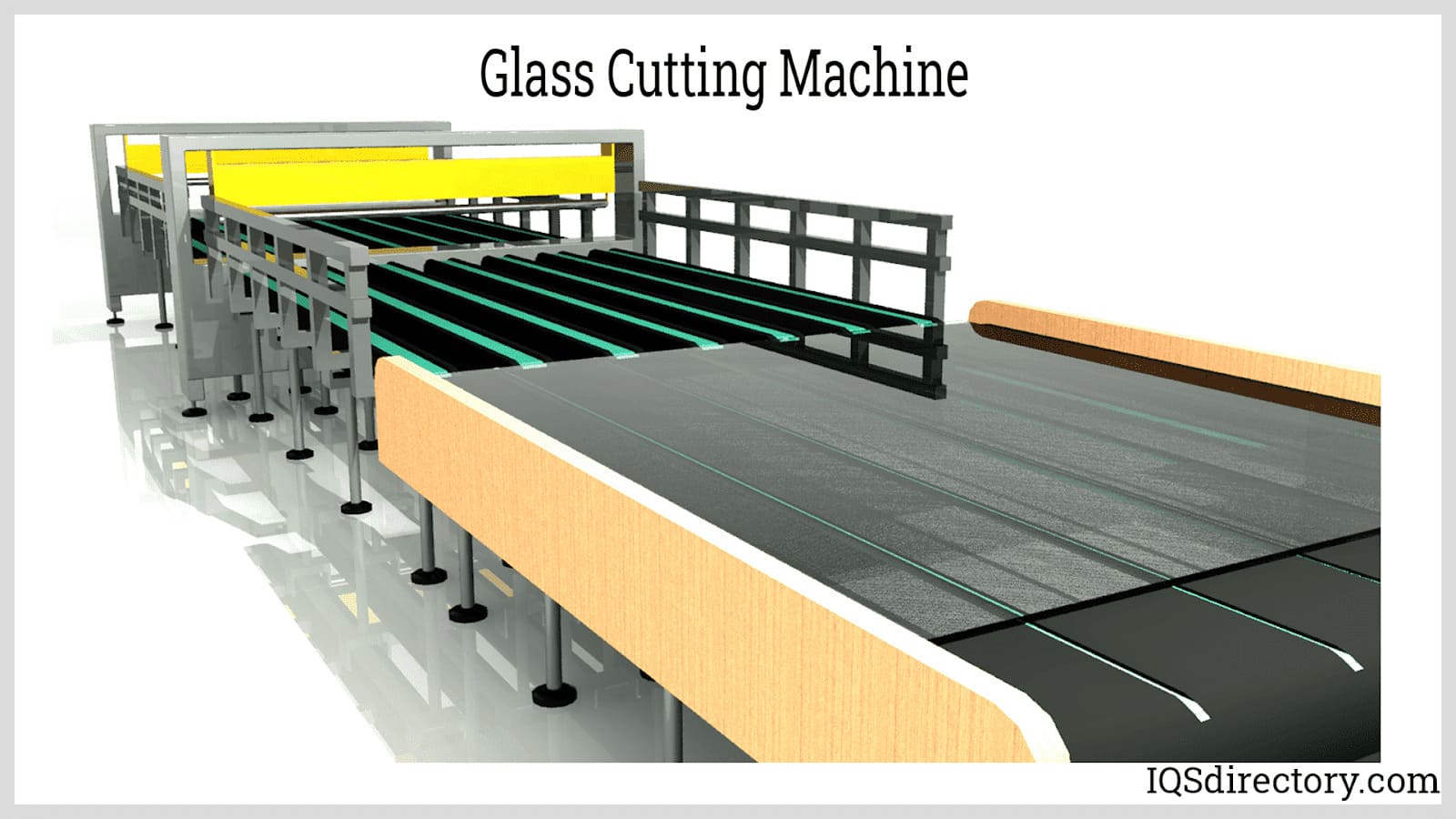
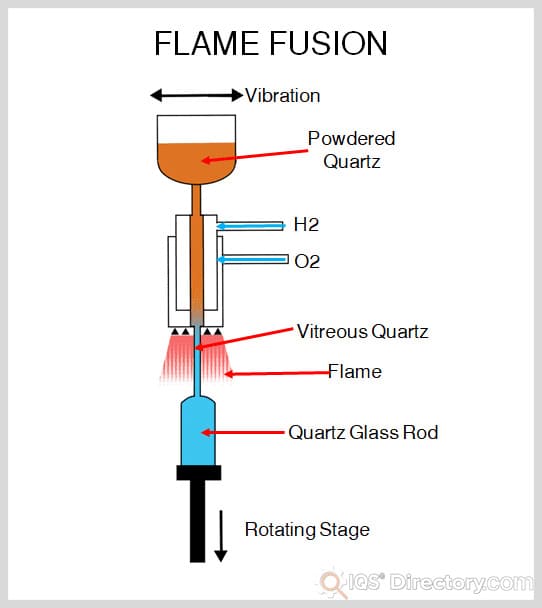
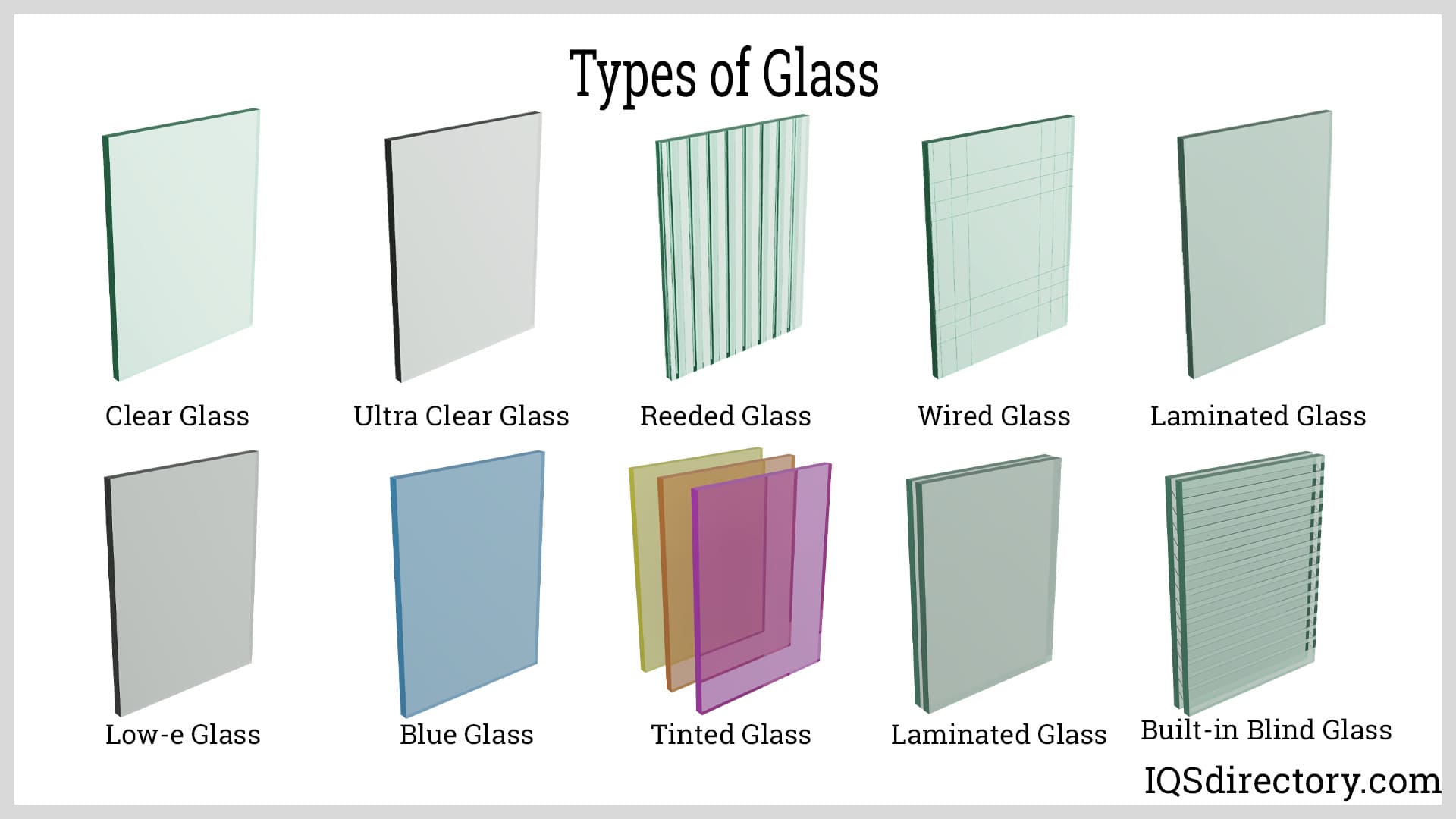
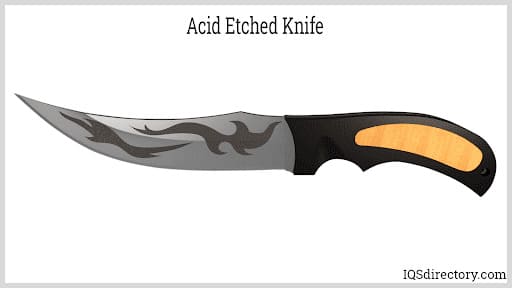
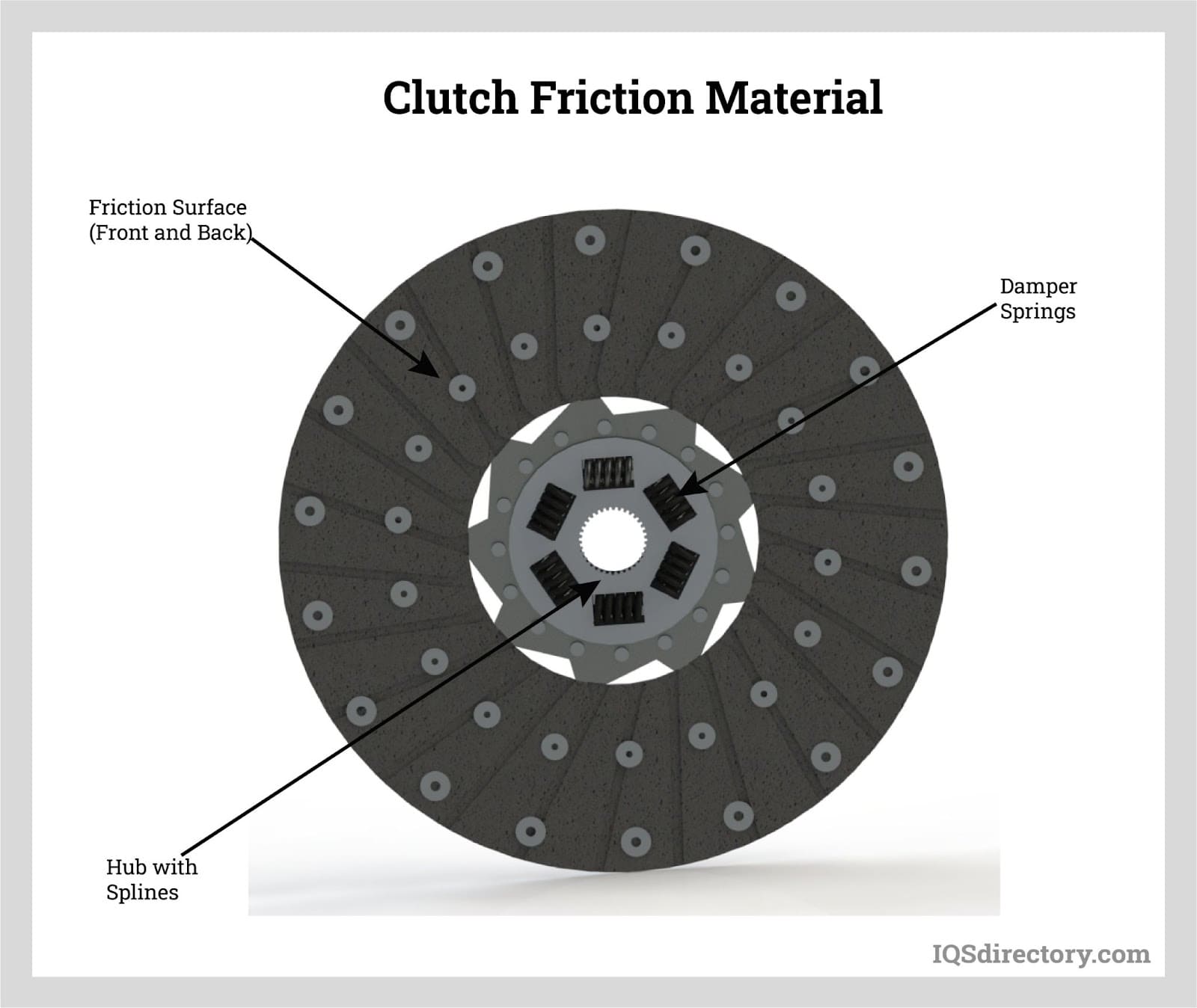
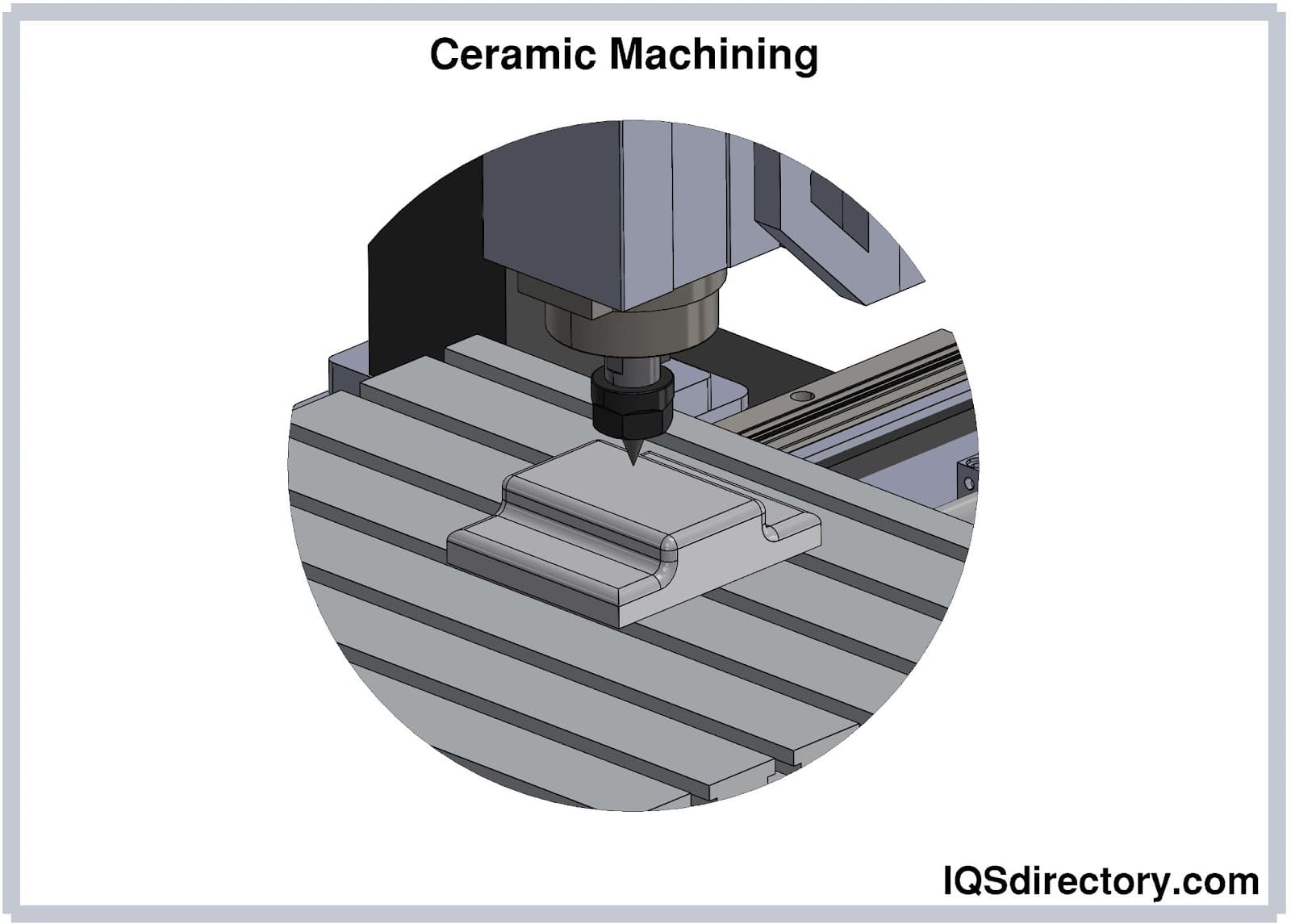
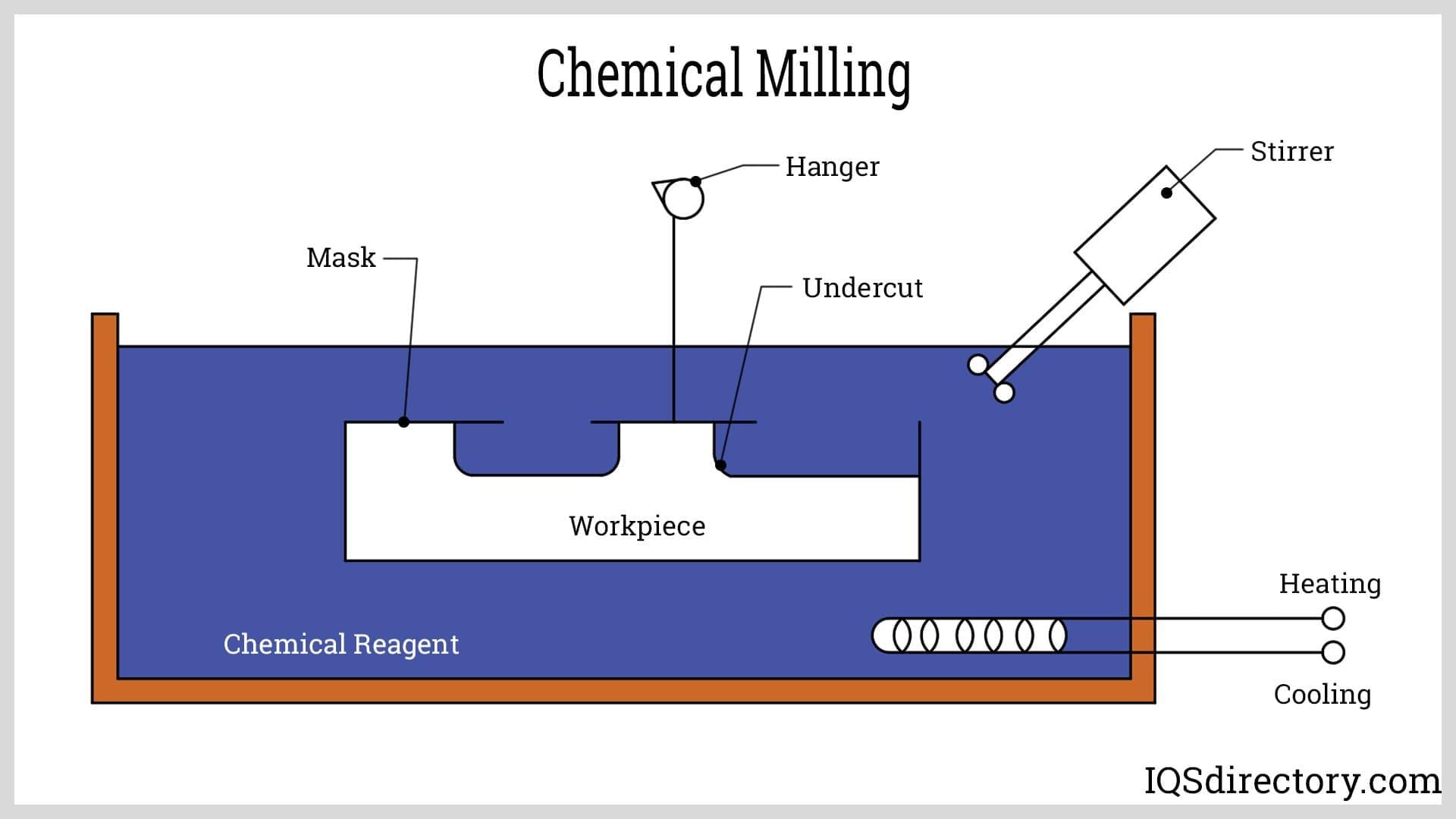
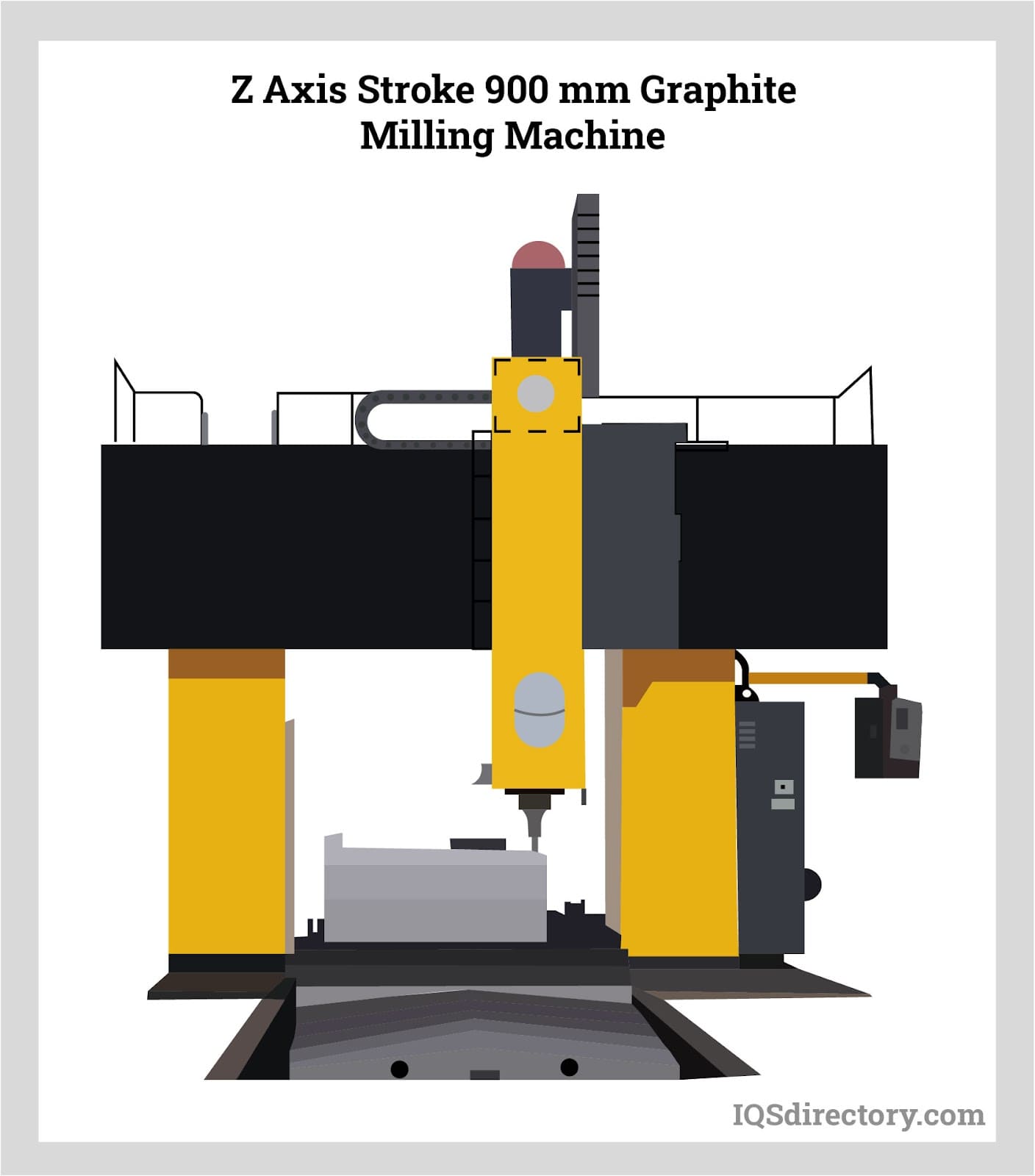
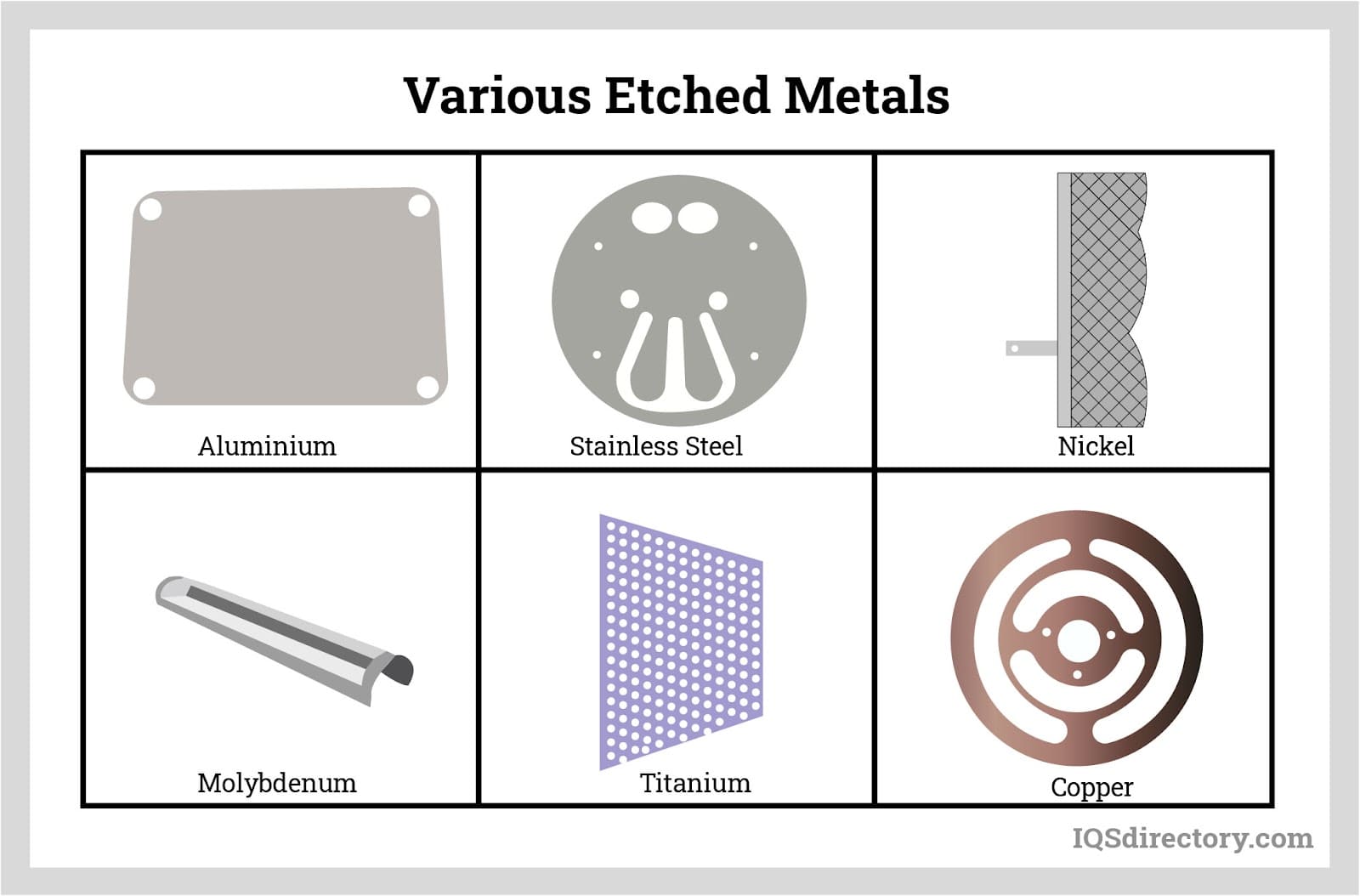
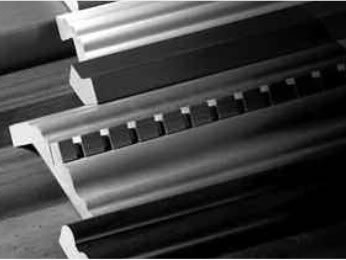 Adhesives
Adhesives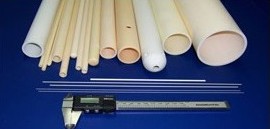 Alumina Ceramic
Alumina Ceramic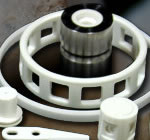 Ceramic
Ceramic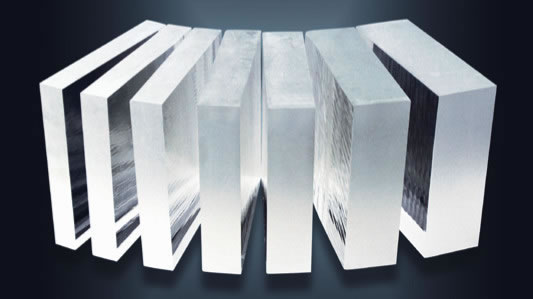 Glass
Glass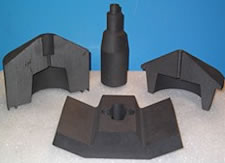 Graphite
Graphite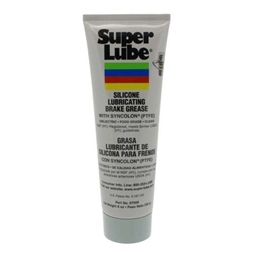 Lubricants
Lubricants Castings & Forgings
Castings & Forgings Bulk Material Handling
Bulk Material Handling Electrical & Electronic Components
Electrical & Electronic Components Flow Instrumentation
Flow Instrumentation Hardware
Hardware Material Handling Equipment
Material Handling Equipment Metal Cutting Services
Metal Cutting Services Metal Forming Services
Metal Forming Services Metal Suppliers
Metal Suppliers Motion Control Products
Motion Control Products Plant & Facility Equipment
Plant & Facility Equipment Plant & Facility Supplies
Plant & Facility Supplies Plastic Molding Processes
Plastic Molding Processes Pumps & Valves
Pumps & Valves Recycling Equipment
Recycling Equipment Rubber Products & Services
Rubber Products & Services